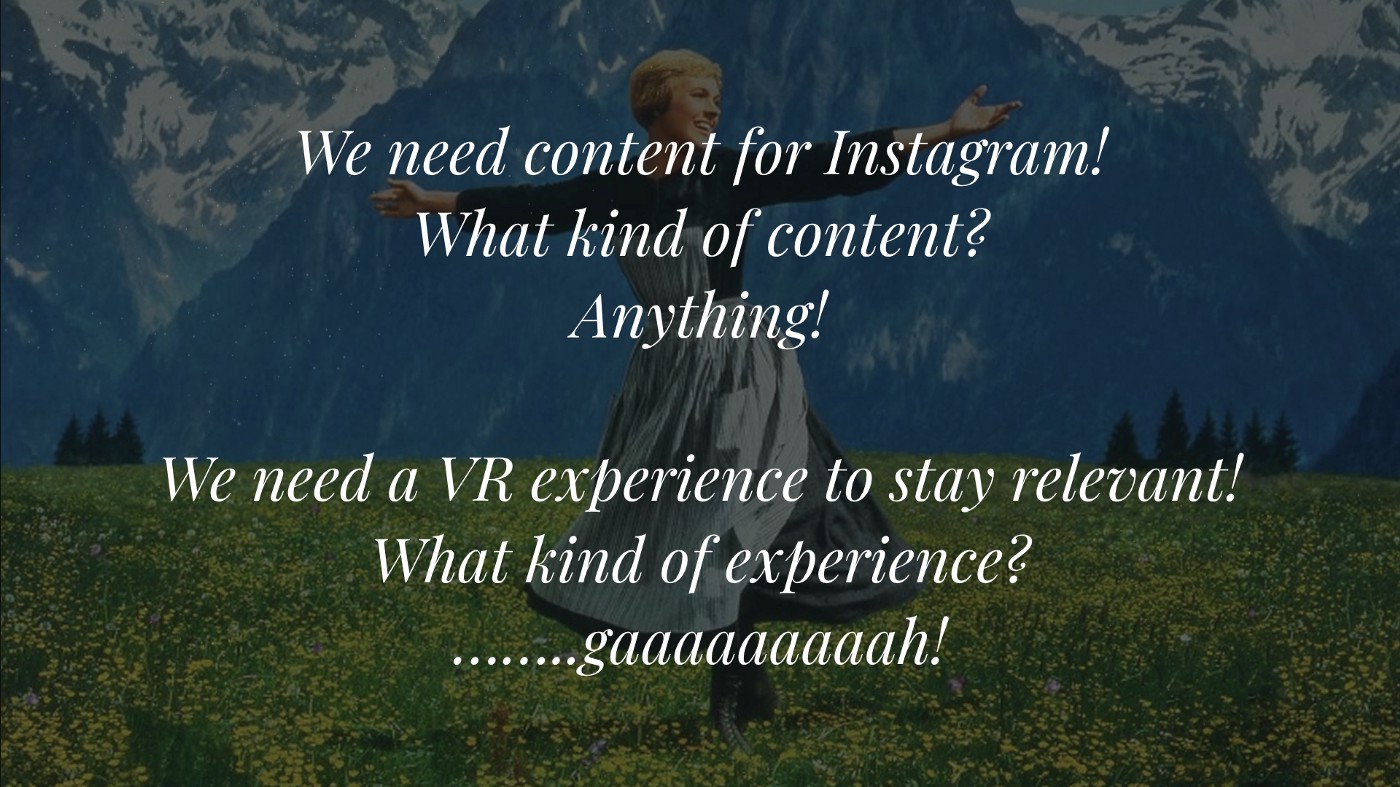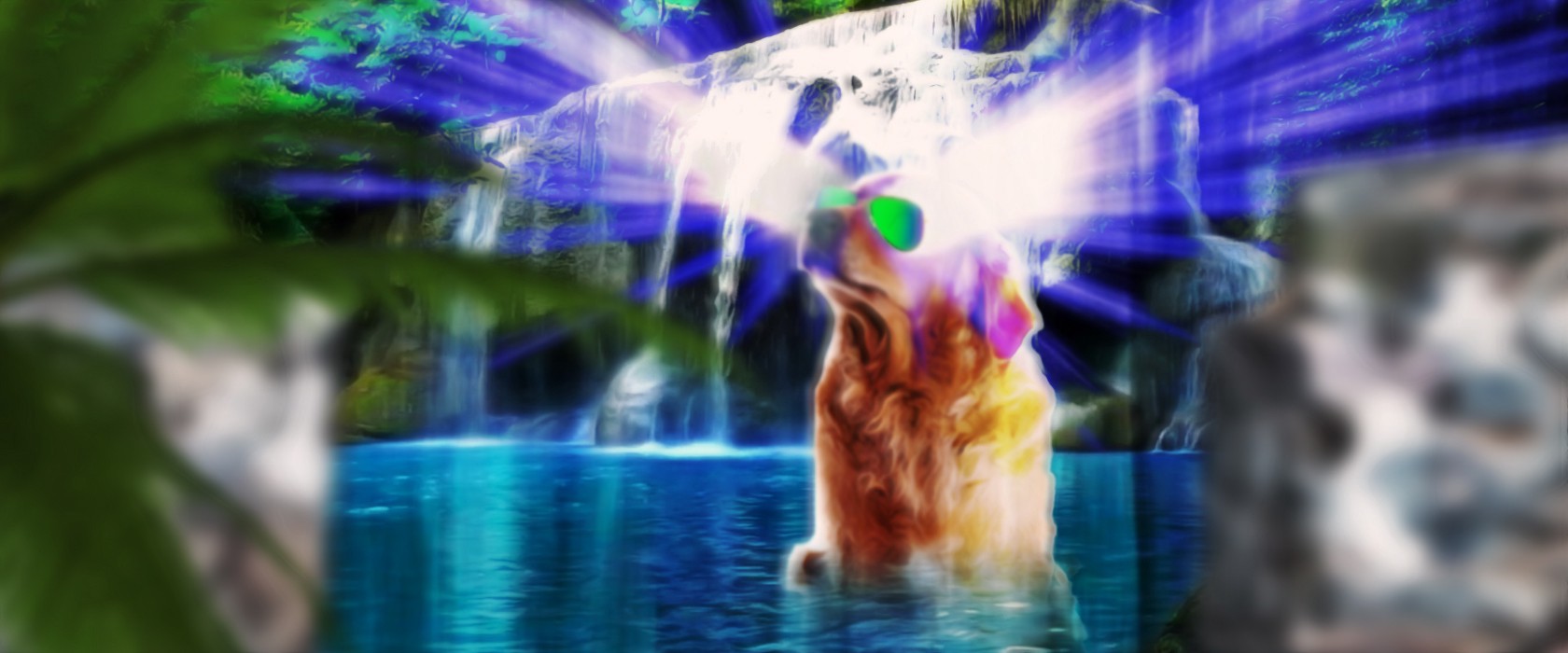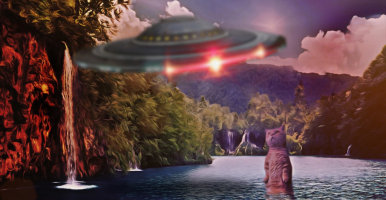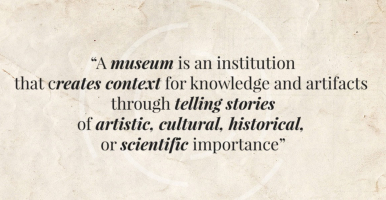The Museum of the Future, part 2
A new definition of “Museum”This is part 2 about the museum of the future. It will probably not make much sense without reading part 1 here.
The first part was dedicated to scare you shitless about the challenges of digital transformation. The short version: we have to create a digital presence in a infintely complex and rapidly changing universe, and no one is there to help!
But I also promised another way of looking at the challenge. Here it is!
First a reset
Let’s start with rolling back a bit. You don’t HAVE to have a VR experience, or an Instagram feed to be relevant. Maybe you should, maybe you shouldn’t. Users are more conservative than the tech enthusiasts think, even the KIDS! Being at the cutting edge doesn’t guarantee engagement.
So let’s start with forgetting all these super cool things that you think you have to do and redefine digital in a way that can help us think about it and use it in a meaningful way.
It Is All About Communication
All the things we defined as digital in part 1 are technologies. But their function is not technical, their function is to act as communication channels, ways to reach and interact with users.
Some are more obvious than others, e.g. social media, website, mailing lists etc. Virtual Reality and all its relatives provides new ways to communicate, to tell stories. Artificial Intelligence is definitely a tool for storytelling and communication. Customer service, booking systems, phone systems, the list goes on.
Thinking about them as communication channels instead of technology makes it much easier to think about digital. We move the focus from what they are to what their purpose is.
A little bit to the left…
Ok so now we have all these fantastic potential communication channels, what are we going to do with them? Now we have to come up with fantastic ideas to fill the channels with.

This is a struggle at every company that have decide to have a digital presence, creating content for these channels. Viewing technology as communication channels does not solve this problem, but the change in mindset is necessary for the next step.
What is a “Museum” actually?
According to Wikipedia:
“A museum is an institution that cares for (conserves) a collection of artifacts and other objects of artistic, cultural, historical, or scientific importance”
The museum is defined as something physical: the building, the exhibitions, the artifacts, the visitors. But if the museum is defined as the physical, then the digital is limited to
- a documentation of the physical, e.g. photos of the exhibitions.
- or a digital experience in the physical, e.g. installations
A documentation of the physical sounds like a really bad idea, I am sure that a visit to the museum would be a much better experience. A digital experience in the museum on the other hand could be totally amazing, but will have very limited reach.
Defining the museum as something physical severly limits the use and value of digital. To solve this we need to change the definition of what a museum is so that both the physical and digital fit in.

The true value of a museum is…
I would argue that the true value of a museum is not the building, nor the objects in the collections. Some objects might be considered beautiful in themselves but it is not until you put them into a context that they start making sense, that the true beauty and meaning can be perceived and appreciated. A museum gives the context to the objects so that they come alive.
There is no better way to give context than to tell stories. Stories bring facts to life, make the abstract concrete, show how the details fit into the bigger picture, make the information engaging and meaningful . Stories well told inspires people and makes them want to learn more.
A story doesn’t have to be told through a live enactment with costumes, a mixed reality installation, or something equally ambitious, it could be a sentence on a post-it note that just explains it all.
A new definition of “Museum”
Let me humbly suggest an updated definition of what a museum is that includes both the physical and digital:
“A museum is an institution that creates context for knowledge and artifacts through telling stories of artistic, cultural, historical, or scientific importance”
It is not all-encompassing, but you get the idea. The important point is what this new definition brings. Instead of starting with the end result and try to make something valuable and meaningful, we start with the real value and let the end result come out of that. To summarize:
- The stories are the core value of the museum, and are the starting point for all creative work.
- The stories can be told through many channels, physical and digital. Which to choose should be based on what is best for the story.
…where both physical and digital fit in
This definition of a museum removes an major obstacle to create a digital presence: the dependence on the physical. It also removes limitations for the physical too.
But I think the most important effect of this definition is that it removes limitations in our own minds. I will go through this in the next part but here are some teasers:
- It allows the teams at the museum to think less about technology and instead focus on their expertise: the context and knowledge that makes the objects in the museum meaningful.
- it gives a framework in which all team members can contribute and collaborate, something that can facilitate positive change in the whole organization.
- It creates a structure for the work process in any project within the museum, where to start and how to go from there.
- it helps building a strong identity for the museum since all activities, exhibitions, marketing are based on the same foundation, the core value of the museum.
I could go on and on 😊 ! And I actually do in part 3 which you find here!
This was the second part of this series, you can find part 1 here.




